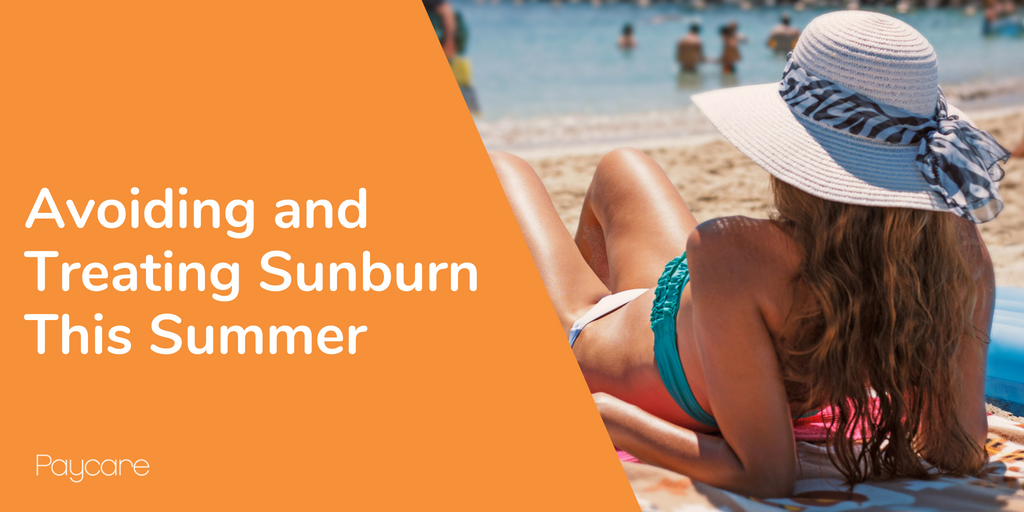With plenty of Summer sunshine on its way, and many of us planning to spend as much time basking in the sun before the autumn months arrive, here are some useful ways we can protect ourselves in UV rays and how to treat sunburn effectively.
Water Doesn’t Protect You From the Sun
There is a reason why sunscreens advertise their brands as being water-resistant. Just because you are spending the day in the water, doesn’t mean that your skin is protected from being burned. You will need to apply sun cream before and after swimming if you’re in the sea, and keep reapplying it regularly every couple of hours or so.
Did you know?
Some of the most common areas of the body for sunburn are feet and ears, which can be really painful!
Clothes Might Not Protect You
Thin white t-shirts may not have much protective powers, and if you’re relying on clothes rather than sun creams to protect against sunburn, make sure they are sold as having high factor protection.
Be Careful on Your First Few Days
If you’re heading out on holiday, or you’re planning to be out and about during a heat wave, delicate skin needs extra protection in the first few days while the body and skin gets used to the sun.
Stay Hydrated
Sunburn can be painful enough, but the effects of dehydration shouldn’t go underestimated. If you’ve ever suffered from dehydration, you’ll know that it’s comparable to having a bad bug, with headaches, migraines and fevers very common. If you’re out in the sun, it’s really important to drink plenty of fluids to rehydrate your body, and replenish it with electrolytes, sugars and salts.
Replenishing Skin
While the effects of sunburn can subside within a few days, the impact of it can be longer lasting – from flaky, burnt skin to longer-lasting sensitivity to the sun’s rays. If you have it, or feel like you’re on the cusp of being burnt, it’s vital to replenish the skin using reputable aftersun, which rehydrates the skin and speeds up the recovery process.
Be Mindful at Midday
The hottest part of the day comes at 12pm and the early afternoon, when the sun is at its highest. If you’re prone to sunburn, try sitting out of the sun for a couple of hours until it cools down a little, and only go back into it when you’re more comfortable. Be sure to keep the burnt area covered though if you do have to go out in it.
Easing the Pain
If you’re sunburnt, relieving the after effects can be done by taking a cold shower and using a water-based moisturiser or Vaseline to keep the skin moist. If it’s necessary, painkillers can help soothe the pain, and take a break from the sun while your skin heals.
Specialist Help
If you have suffered extremely bad sunburn and notice your skin is blistered, or you feel a temperature, dizziness or nausea, you should speak to your GP as you may have heatstroke, or require specialist treatment.
As a Paycare Policyholder, don’t forget that you have access to GP 24/7 through our app, and can book an appointment with a qualified and practicing GP at any time of the day or night. For more information, visit your My Paycare login area, or visit our GP 24/7 page.
Source: Medstars, www.medstars.co.uk.

